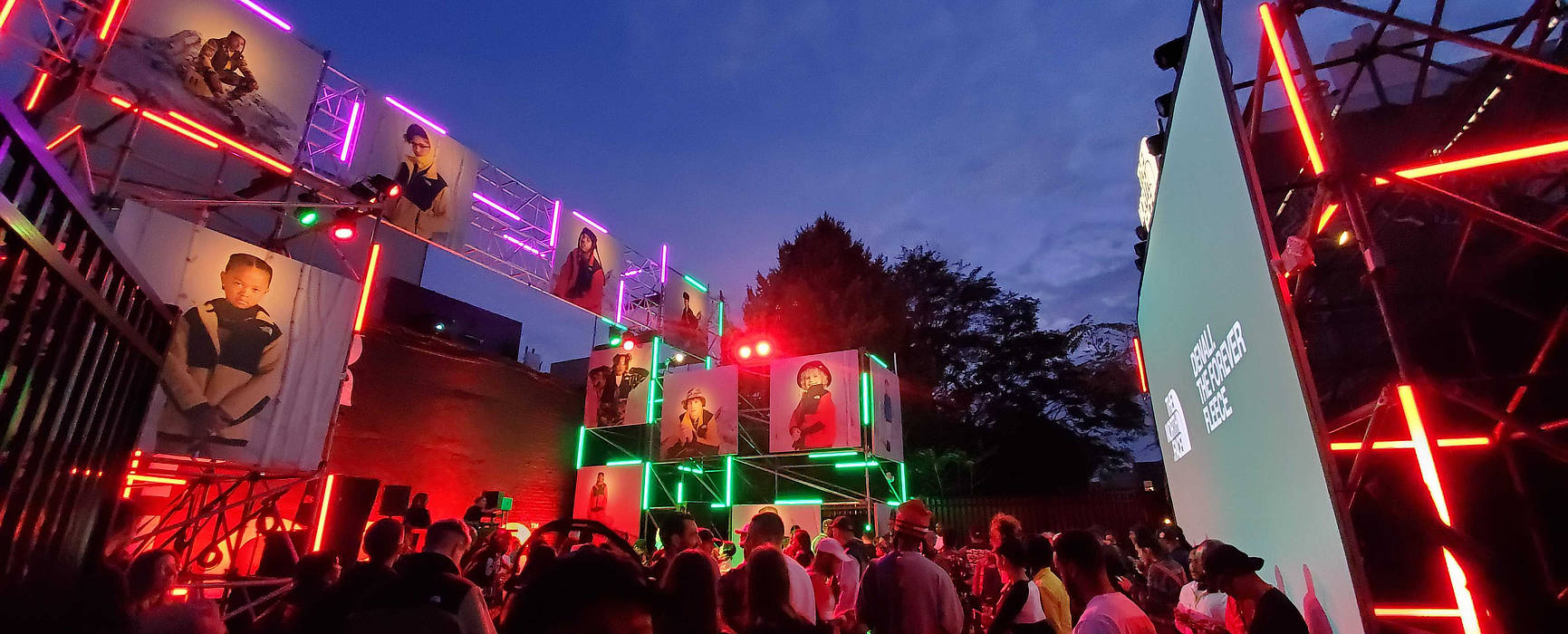Perfecting the Art of Flawless Video Projection on Curved LED Walls for Stunning Graphic Experiences
Video mapping is an exciting technology that enables visuals and footage to be projected onto areas, creating breathtaking visual encounters. When it comes to rounded surfaces, mastering this craft can be a bit more difficult than casting onto flat surfaces. Rounded surfaces can encompass various elements from the sides of buildings to art pieces and even stages. Understanding how to effectively project videos onto these forms is crucial for creators, design professionals, and event organizers who want to create immersive settings that enthrall audiences.The first phase in footage mapping on rounded surfaces is to understand the shape of the area. Rounded surfaces can be complex, with different degrees of bend. To achieve a seamless projection, it is vital to create a 3D model of the area. This model helps in visualizing how the footage will look when projected. Applications tools are available that permit users to create these models and simulate the display. By precisely aligning the dimensions and contours of the area, creators can guarantee that the video matches perfectly without distortion.
Once the 3D representation is ready, the next step is to edit the footage material. This involves editing the video to suit the specific shape and size of the curved surface. It is essential to take into account the perspectives and sightlines from which the audience will view the display. The material should be crafted to enhance the visual experience, making it captivating and relevant to the concept of the event or installation. Using premium visuals and motion graphics can significantly enhance the overall effect of the projection.
After preparing the content, the real display process begins. This includes placing up the devices at the appropriate angles and distances to guarantee that the footage matches with the 3D model. Calibration is a crucial part of this procedure. It may require adjusting the brightness, contrast, and sharpness look at here of the devices to achieve the best results. Additionally, using multiple projectors may be necessary to cover larger or more intricate areas. This technique, known as edge blending, helps form a continuous image across the whole area.

Finally, testing the display is crucial before the final presentation. This enables creators to make any necessary adjustments to the footage and projector configurations. It is also an chance to see how the audience will experience the display from different viewpoints. By confirming that the video mapping is perfect, creators can deliver a remarkable visual experience that leaves a memorable impression. Mastering video mapping on curved areas not only improves artistic output but also creates new possibilities for narrative and audience engagement in multiple settings.